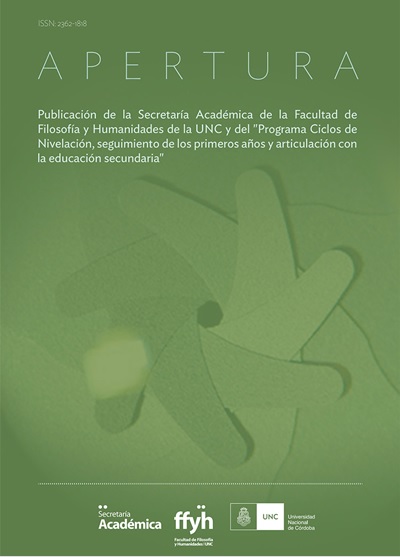Human Rights and Disability
Main Article Content
Abstract
When one thinks of the binomial "human rights" and "disability", they are easily understood as historically intertwined. However, this is not the case. Society's relationship with People with Disabilities (PwD) has changed over time. The emphasis shifted from disregarding them, to placing emphasis on the barriers that society constructed by not taking them into account, which prevented the development of their full autonomy. As paradigms emerged, they also became intermingled, and these mixtures between models did not end up emphasizing the person and his or her rights within the society of which they are a part. Above all, the right to express oneself as a subject of rights in democratic societies.
There are other mismatches around this binomial. On the one hand, to continue framing people with disabilities as a minority and therefore treat them as such. According to the latest report of the World Health Organization in November 2017, there are more than 1 billion people with disabilities worldwide, representing about 15% of the world's population.
Downloads
Article Details

This work is licensed under a Creative Commons Attribution-NonCommercial 4.0 International License.
Aquellos autores/as que tengan publicaciones con esta revista, aceptan los términos siguientes:- Los autores/as conservarán sus derechos de autor y garantizarán a la revista el derecho de primera publicación de su obra, el cuál estará simultáneamente sujeto a la Licencia de reconocimiento de Creative Commons que permite la generación de obras derivadas siempre que no se haga con fines comerciales. Tampoco se puede utilizar la obra original con fines comerciales.
- Los autores/as podrán adoptar otros acuerdos de licencia no exclusiva de distribución de la versión de la obra publicada (p. ej.: depositarla en un archivo telemático institucional o publicarla en un volumen monográfico) siempre que se indique la publicación inicial en esta revista.
- Se permite y recomienda a los autores/as difundir su obra a través de Internet (p. ej.: en archivos telemáticos institucionales o en su página web) después del proceso de publicación, lo cual puede producir intercambios interesantes y aumentar las citas de la obra publicada. (Véase El efecto del acceso abierto).

